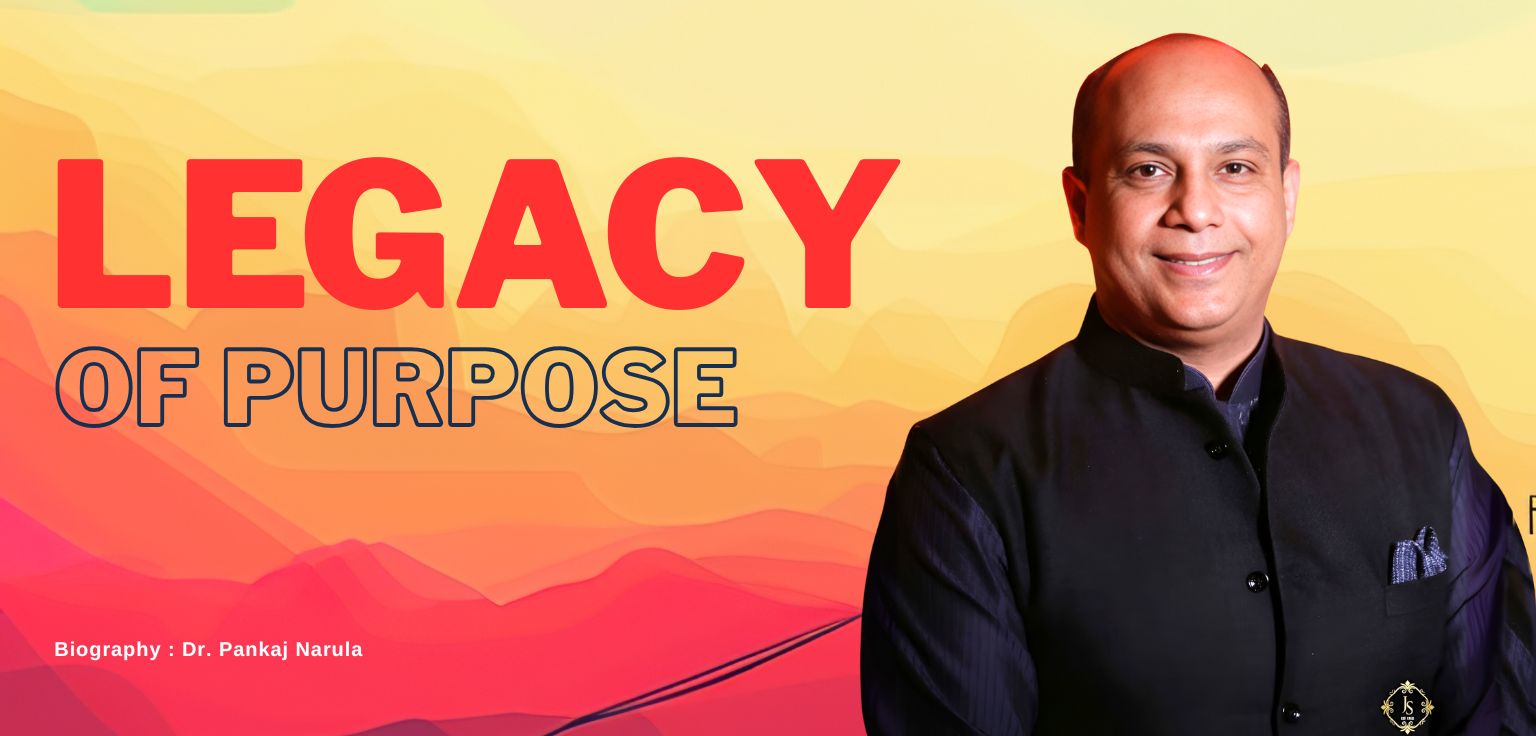
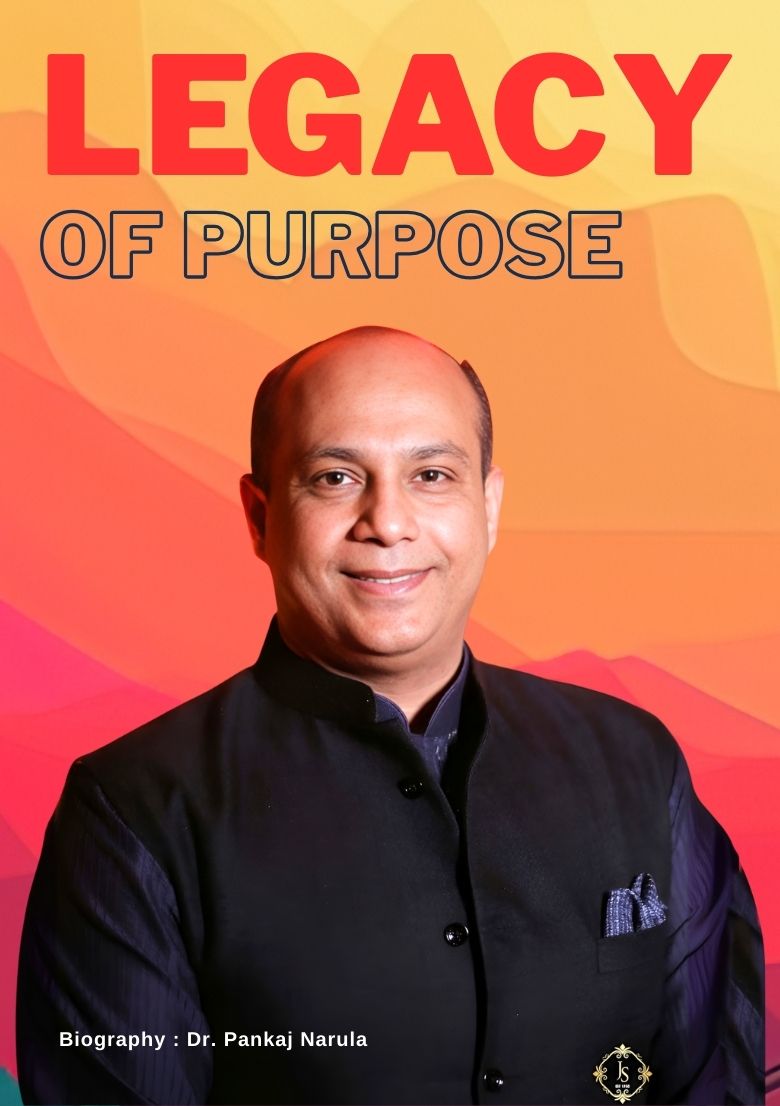
"Growth is never by mere chance; it is the result of forces working together"
Dedication
This book is devoted with deepest love and gratitude to my parents, Mr. Prem Kumar Narula and Mrs. Sneh Narula, whose unwavering values and steadfast guidance formed the bedrock of my life and work. To my father, whose courage, perseverance, and quiet strength transformed hardship into hope and set the standard for integrity I strive to honor each day. To my mother, whose compassion, wisdom, and gentle resolve nurtured discipline with kindness and taught me that true success is measured in service to others. Your belief in me has been the compass at every crossroads, and your blessings have been my greatest fortune.
To my beloved wife, Niti, whose partnership has been my shelter and my strength. Your patience, clarity, and graceful presence have steadied me through trials and triumphs alike. Thank you for standing beside me with faith and kindness, for lending your thoughtful hand to our shared responsibilities, and for making every journey lighter with your quiet courage. Every milestone is brighter because you are there.
To my children, Aashna & Uday, whose lives fill my days with purpose and joy. To my son, who carries forward our shared responsibility with heart and conviction. To my daughter, whose creativity and dedication remind me that excellence has many forms and every path deserves respect. Watching you grow has been one of my life’s greatest honors, and your dreams continue to inspire my best work.
To my brother, Puneet and his wife, Priyanka thank you for your encouragement and wise counsel. Your support in moments of uncertainty and your celebration in moments of achievement have sustained my resolve. Each conversation and each shared effort has enriched this journey and shaped the person I strive to be.
To my sister, Srishty, who has always stood beside me — in silence, in strength, in love, and, whose presence turns ordinary moments into lasting memories.
To my extended family, cherished friends, colleagues, and trusted mentors whose dedication and professionalism turn commitments into reality every day, my heartfelt gratitude. Your diligence, integrity, and attention to detail have made our collective work possible. Together we have learned, adapted, and built with purpose, and I carry deep respect for the care you bring to every task.
To the dignitaries, leaders, clients, and well-wishers who offered opportunities to build, collaborate, and serve, thank you for your trust. Your recognition has been a source of encouragement, and your partnership has given meaning to the work recorded in these pages. Each engagement has been a responsibility embraced with humility and a promise to do better tomorrow than today.
To everyone whose path has crossed with mine in friendship, teamwork, learning, or service, please accept my sincere thanks. Your kindness, respect, and goodwill live within every chapter that follows. May this dedication honor all who gave time, faith, and strength along the way.
Dr. Pankaj Narula
Phase 1 : The Former Journey
“If you don’t build your dream, someone else will hire you to help them build theirs.”

The story of Dr. Pankaj Narula begins with a journey of courage that shaped his family’s identity and his own sense of duty. His grandmother set out with her children after Partition, leaving behind a life that could not be reclaimed and walking across regions until they finally reached Delhi, where they began again as refugees. In that new city the family built from nothing with frugality and grit, learning that survival required discipline and that progress required patience. Those early years forged a moral foundation that prized resilience, honesty, and a willingness to work harder than circumstances seemed to allow.
In Delhi the family’s journey was about a father who had lost everything and yet refused to live in defeat. He started a healthcare supply business in Northeast India at a time when hospitals in the country operated with bare essentials. There were operating rooms where the table was a wooden bench and the surgical light was a simple halogen lamp. Technology was rare. Systems were manual. Budgets were thin. Yet he did not wait for the environment to improve. They went out themselves to government and civil hospitals, met chief medical officers, and asked what was needed. Small orders followed. Sutures, stethoscopes and consumables kept care moving in public hospitals. The business grew one relationship at a time, built on reliability and trust.
Those beginnings were not just about entrepreneurship. He strongly believed in Strength. When tools are lacking, courage must lead. When systems are slow, persistence must carry the day. That approach took an even bolder turn when his father tried to bring modern technology into India long before the country had become a target market. He began to reach out to technology centers and manufacturers across the world.
There was no email. No messaging. No mobile phones. International calls were rare and expensive. Communication relied on letters that took months to arrive and months to return. Replies were few. Most companies were not looking at India then. But discouragement did not stop him. He wrote more letters. He waited. He followed up. And when a handful of responses finally came, he seized the chance.
Travel to Europe followed. Meetings were held. Partnerships were formed. A few companies agreed to collaborate. With these ties he brought new technologies into India and proved that distance and delay could be overcome by consistency and intent. This period taught the family that innovation is not only about invention. It is also about tenacity and the wisdom to match solutions to real needs. The business moved beyond supply into the beginnings of technology enablement for healthcare, and the seed of a future vision took root.
Phase 2 : Learning to Lead
“I don’t believe in taking right decisions. I take decisions and then make them right.”
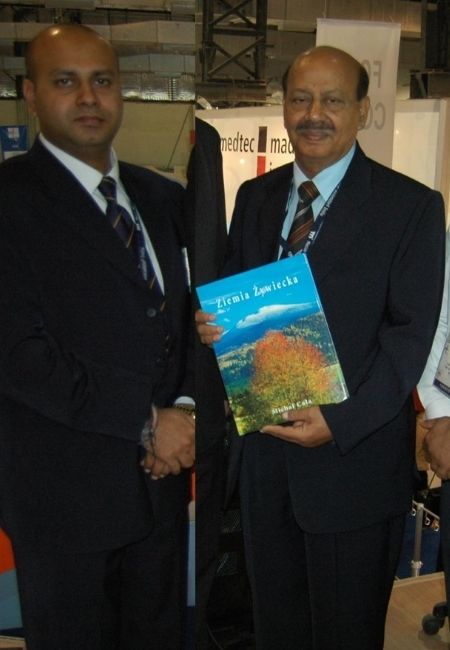
Armed with the qualifications, he returned to a country navigating historic constraints. The early nineties were marked by severe pressure on liquidity and confidence across sectors. Many enterprises faced tightening credit and shrinking demand. In this environment Dr. Pankaj Narula chose to join the family enterprise rather than wait for a more comfortable cycle. His decision was grounded in duty and a belief that leadership shows itself when conditions demand courage. He took on operational responsibilities during 1991 and 1992 and began working closely with his father to find avenues that could protect the company’s future.
The approach during this period was pragmatic and elastic. While the healthcare supply operations continued to serve institutions that relied on dependable deliveries, new efforts were launched in non-healthcare areas to diversify exposure. Agriculture and finance were explored as potential buffers against sector specific shocks. These ventures were not diversions from purpose. They were responses to a macroeconomic reality that required additional lines of resilience. He brought analytical rigor to these explorations, running them with diligence and accountability. Some of these initiatives showed encouraging signs, yet the wider economic climate proved too strong an opposing force for their long-term survival. The lesson was not that diversification fails. The lesson was that timing and external conditions must be respected even when execution is sincere.
What distinguished his contribution in this journey was a calm acceptance of reality while staying committed to progress. He did not allow setbacks to define the enterprise. Instead, he treated them as data points that refine strategy. The healthcare business, steady and service oriented, continued to provide a base line of continuity. He learned to protect the core while testing the edges, to preserve relationships while pursuing growth.
and to manage cash and commitments with a level head when volatility made planning difficult. This period refined his ability to think in scenarios, to size decisions according to risk, and to communicate clearly with teams who needed confidence as much as instruction.
The household’s ethos of structure also translated into his managerial habits. He leaned on routines that encourage clarity. Meetings had purpose. Follow ups had owners. Small promises were kept because they compound into credibility. He understood that in a constrained economy the greatest advantage often lies in reliability. Vendors remember it. Clients depend on it. Teams draw strength from it. This reliability became a signature of his leadership and influenced how the enterprise interacted with stakeholders across regions.
As momentum slowly returned, he and his brother prepared for an orderly transition at the top. Around the late nineties they decided to assume operational control so that their father could move into a more strategic and advisory role as chairman. This was not a rupture. It was a respectful evolution designed to protect health and preserve wisdom. The handover acknowledged the weight of decades carried by their father and recognized that the next phase required sustained execution energy. Dr. Pankaj Narula approached this changeover with gratitude and clarity, ensuring that the legacy of integrity and persistence remained intact while new systems and controls were introduced.
Phase 3 : A Restructured Enterprise
“If you work with determination and perfection, success will follow.”
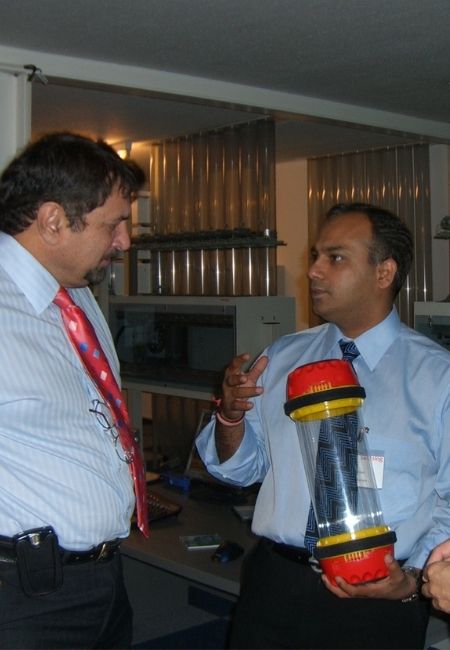
As the restructured enterprise steadied itself and clarity returned to its mission, Dr. Pankaj Narula turned decisively toward building capabilities that could multiply impact across hospitals rather than merely expand product lists. His attention moved from transactional supply to system level transformation, guided by a simple observation that real progress in healthcare often comes from improving the invisible work that keeps a hospital functioning every hour of the day. He believed that modernization needed to reach the corridors where materials move, the nodes where urgency meets process, and the rooms where technology enhances the precision of care.
He began by defining a new architecture for operations that linked technology to measurable outcomes inside hospitals. This shift was anchored in a division focused on infrastructure for healthcare institutions, with a mandate to streamline logistics and elevate reliability across operations. The division worked on solutions that reduce delays, prevent errors, and free up caregivers to focus on patients. It was a clear evolution from earlier roles and experiments. He was no longer proving that change was possible. He was building a repeatable method to deliver it at scale.
Central to this new engine were technologies that move small but critical loads across departments with speed and safety. He introduced Pneumatic Tube Systems to transport samples, blood bags, medications, and documents between laboratories, pharmacies, and wards. The goal was not only faster transit. It was also about reducing human handling in ways that cut error rates, shrink turnaround times, and raise confidence among clinical teams. With this system in place, laboratories could plan flows better, pharmacies could align dispensing cycles more tightly with demand, and wards could receive what they needed without pulling staff off patient care for routine errands.
He did not stop with light and mid weight movement. He also aligned with a partner to bring in Smart Track systems that handle bulk materials within hospital buildings. This addressed persistent inefficiencies in moving larger loads and improved the cadence of housekeeping, laundry, and supply chain functions. The addition of bulk handling extended the logic of automation so that logistics could function as an integrated organism rather than a set of disconnected tasks. He knew that isolated solutions often fail to change outcomes. The ambition here was to convert fragmented motions into a cohesive system that supports the rhythm of clinical operations.
While logistics was the spine of his program, he also strengthened the heart of clinical environments by building deep expertise in creating operation theaters, intensive care units, and emergency rooms. These spaces require a balance of safety, sterility, ergonomics, and efficient workflow. He championed designs that make it easier for teams to work with precision and for equipment to be positioned in ways that reduce friction and fatigue. This capability grew alongside logistics because he understood that the hospital experience is a continuum. A sample moved quickly is only part of the gain if the receiving space is not designed to act with equal efficiency. His approach integrated environment and movement so that one reinforced the other.
Phase 4 : Purpose anchored in integrity
“Performance leads to recognition. Recognition brings respect. Respect enhances power. Humility and grace in one’s moments of power enhance the dignity of an organization.”
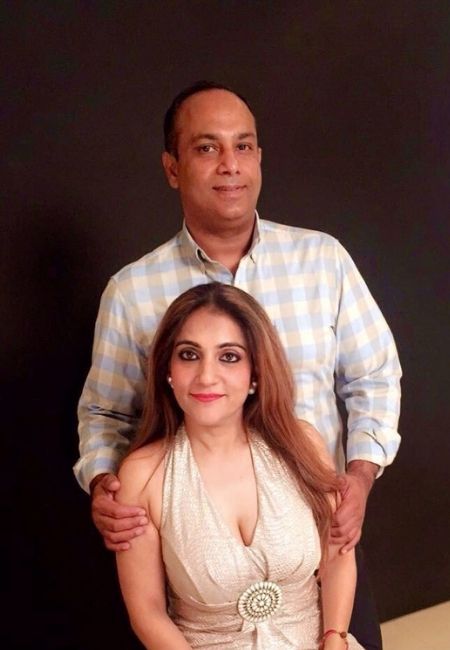
Dr. Pankaj Narula leads with a steady blend of innovation and realism, building progress from the ground of verifiable outcomes rather than the allure of headlines. He frames every decision with three compass points that guide the enterprise toward durable value. Reduce costs where hidden inefficiencies erode resources. Improve efficiency where seconds add up to hours across patient journeys. Elevate the quality of care by removing friction from the daily work of clinicians and staff. This triad is not a slogan in his world. It is a discipline that turns ambition into dependable experience inside hospitals, and it defines how he measures whether a system is truly useful over time. His approach reflects a keen respect for context and a belief that technology is most powerful when it dissolves complexity instead of displaying it.
The roots of this steadiness are found in his personal philosophy. Integrity is the first principle that governs his choices, not as an abstract virtue but as a practical method for building trust that compounds with every fulfilled promise. Long term vision is the second pillar, allowing him to invest in capabilities that may not draw immediate applause but will prove essential when institutions scale and expectations rise. He often weighs options by asking which choice will still look wise years later when the environment has shifted and pressures have changed. This habit favors patient construction over hurried improvisation and keeps teams aligned to purpose when the path requires perseverance.
His leadership character carries the imprint of two powerful inspirations. From his late father, P K Narula, he absorbed an ethic of hard work, clarity, and commitment to service that transformed loss into legacy. That example lives in his respect for responsibility and his instinct to protect the people and partnerships that depend on the enterprise. Over the last fifteen years,
he has also drawn motivation from the efficiency oriented and nation focused leadership style of Prime Minister Modi. Dr Pankaj Narula draws deep inspiration from his family. His brother, Puneet, stands out as an immaculate leader, with a rare ability to balance financial acumen and technical expertise with equal mastery. Together, they have shaped his values and continue to influence his journey with their strength, wisdom, and unwavering support. That influence strengthened his sense of duty, sharpened his attention to execution, and affirmed the belief that structured progress can lift systems for the benefit of many. The interplay of these inspirations gives his work a dual energy. It honors the bonds of family and enterprise while aligning with a wider national vision for capability and dignity in public life.
Leadership and impact in his hands take the shape of systems that quietly change outcomes. He chooses to solve the work others do not see, and then makes its benefits unmistakable. He treats hospital logistics not as an afterthought but as the bloodstream of operations, where reliability and speed protect clinical judgment from unnecessary strain. He treats the creation of critical spaces as a craft that respects the choreography of care and the fatigue of those who deliver it. He treats partnerships as living commitments that must be nourished with transparency, responsiveness, and a willingness to adapt. The impact is visible wherever delays are shortened, handoffs are made cleaner, and the workday becomes more predictable for people who shoulder responsibility minute by minute.